If you want to appreciate why the return of Twin Peaks is so significant, then you need to know something of the background. And, no, not the background of the show itself, which rose and fell through two series before coming to a stop on 10 June 1991. Nor the background of its story, which began with the sodden corpse of Laura Palmer and concluded with the FBI agent Dale Cooper — or was it? — smashing his head into a mirror.
Already a subscriber? Log in
Subscribe for just $2 a week
Try a month of The Spectator Australia absolutely free and without commitment. Not only that but – if you choose to continue – you’ll pay just $2 a week for your first year.
- Unlimited access to spectator.com.au and app
- The weekly edition on the Spectator Australia app
- Spectator podcasts and newsletters
- Full access to spectator.co.uk
Or
Unlock this article
You might disagree with half of it, but you’ll enjoy reading all of it. Try your first month for free, then just $2 a week for the remainder of your first year.

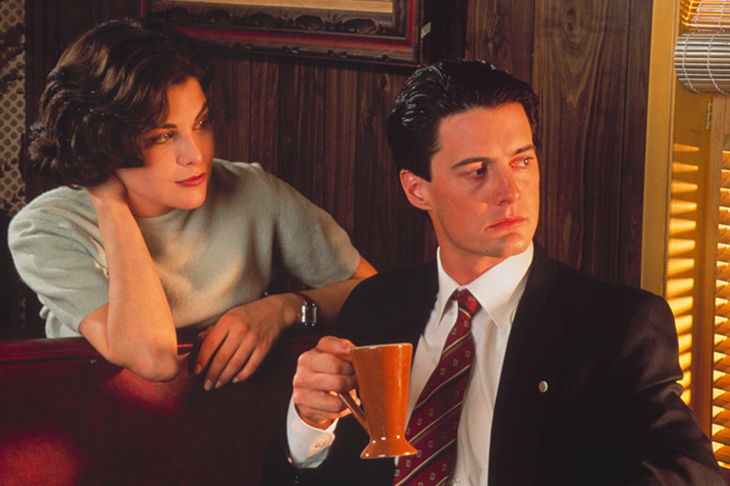

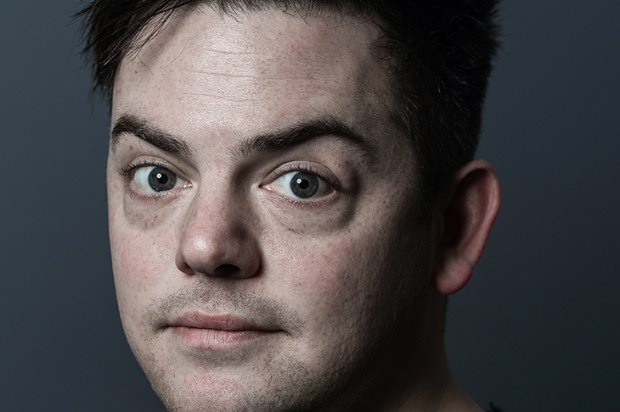
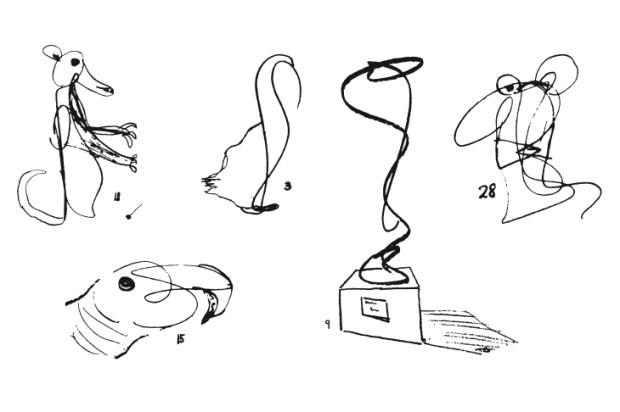
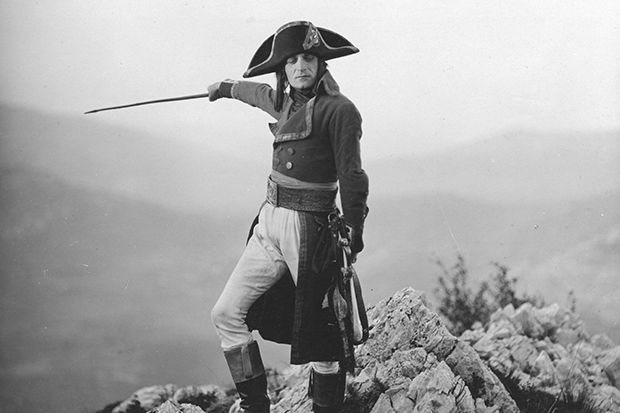
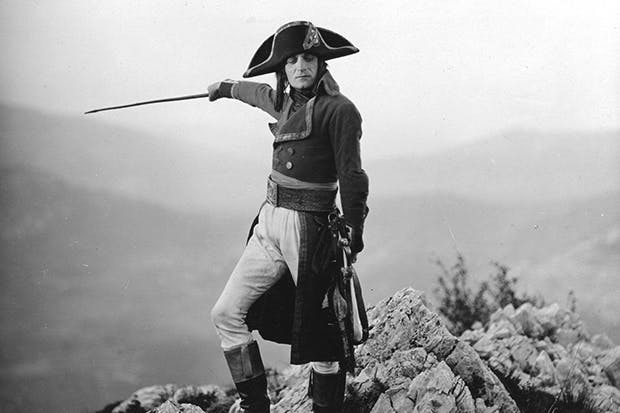
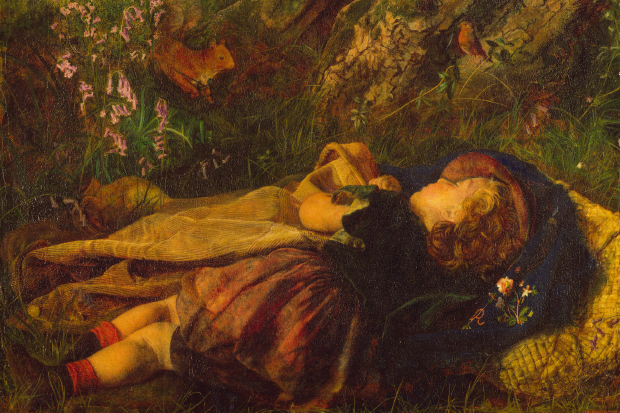






Comments
Don't miss out
Join the conversation with other Spectator Australia readers. Subscribe to leave a comment.
SUBSCRIBEAlready a subscriber? Log in